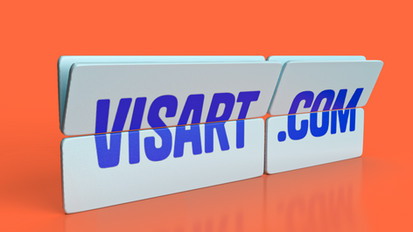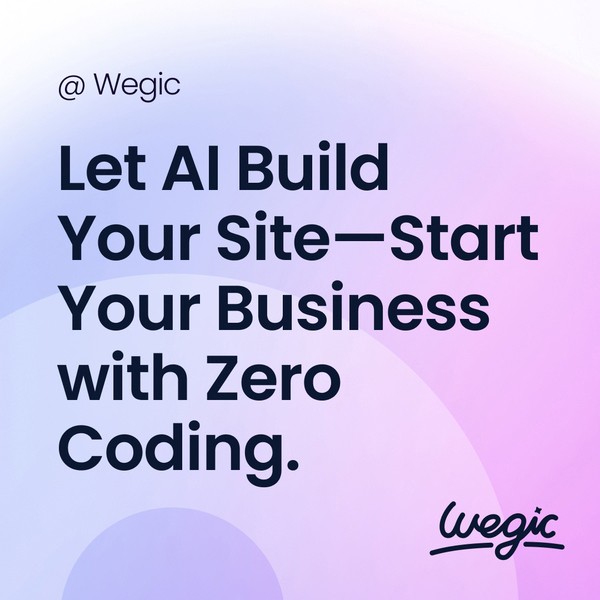Elementor Website Builder Explained
Elementor Website Builder Solutions
Elementor Website Builder
In today’s digital age, having a strong online presence is essential for any business or individual looking to reach a wider audience. One of the best ways to establish an online presence is by creating a website. However, not everyone has the technical skills or resources to build a website from scratch. Luckily, there are several website building sites that make it easy for anyone to create a professional-looking website without any coding or design experience. In this article, we will explore some of the best website building sites available and discuss their features and benefits.

Elementor Website Builder Best Practices
Elementor Website Builder
Web hosting providers offer various types of hosting plans and services to accommodate the needs of different websites. From shared hosting to dedicated servers, there are several options available for individuals and businesses looking to host their websites online.
Shared hosting is the most popular and affordable type of web hosting. With shared hosting, multiple websites are hosted on the same server, sharing its resources such as CPU, RAM, and storage space. This type of hosting is ideal for small websites with low to moderate traffic. However, shared hosting may not be suitable for websites that require high performance or resource-intensive applications.
VPS hosting, or Virtual Private Server hosting, is a step up from shared hosting. With VPS hosting, websites are hosted on virtual servers that mimic dedicated servers. Each website on a VPS server has its own dedicated resources, such as CPU, RAM, and storage space. This type of hosting is ideal for websites that require more control and flexibility but do not need a dedicated server.
Dedicated server hosting is the most powerful and expensive type of web hosting. With dedicated server hosting, websites have their own physical server dedicated solely to their needs. This type of hosting offers maximum performance, security, and customization options. Dedicated server hosting is ideal for websites with high traffic volumes, e-commerce websites, and large enterprises.
Cloud hosting is a relatively new type of web hosting that utilizes cloud computing technology to host websites on virtual servers. With cloud hosting, websites are hosted across multiple servers, providing scalability and flexibility. Cloud hosting is ideal for websites that experience fluctuating traffic levels or require high availability and uptime.
Managed hosting is a type of hosting service in which the web hosting provider manages and maintains the server infrastructure for the website owner. With managed hosting, users do not have to worry about server maintenance, security updates, or technical issues. This type of hosting is ideal for users who do not have the technical expertise or resources to manage their own servers.
There are several factors to consider when choosing a web hosting provider, such as reliability, speed, security, scalability, and customer support. Reliability is critical for ensuring that your website is always accessible to visitors. Speed is crucial for providing a positive user experience and improving search engine rankings. Security is essential for protecting your website from cyber threats and data breaches. Scalability is important for accommodating the growth of your website and handling increases in traffic. Customer support is vital for assisting with technical issues and ensuring that your website remains online and operational.
In addition to hosting services, web hosting providers often offer additional features and services, such as domain registration, website builders, one-click installation of applications, SSL certificates, email hosting, and backup services. These additional features can enhance the functionality and security of your website and simplify the management of your online presence.
Fortunately, there are numerous website builders available that cater specifically to small businesses, offering easy-to-use tools and templates to help you create a beautiful and functional website in no time. In this article, we’ll explore some of the best small business website builders currently on the market.
1. Wix
Wix is one of the most popular website builders for small businesses, thanks to its drag-and-drop interface and customizable templates. With Wix, you can choose from hundreds of professionally designed templates and easily customize them to fit your brand. The platform also offers a variety of tools and features, such as e-commerce capabilities, social media integration, and SEO optimization.
One of the standout features of Wix is its App Market, which allows you to add additional functionality to your website, such as online booking, email marketing, and live chat support. Additionally, Wix provides reliable hosting services and 24/7 customer support to ensure that your website is always up and running smoothly.
2. Squarespace
Squarespace is another popular website builder known for its sleek and modern designs. The platform offers a range of beautifully designed templates that are fully customizable, allowing you to create a professional-looking website without any coding skills. Squarespace also provides integrated e-commerce capabilities, making it easy to set up an online store and accept payments.
In addition to its design flexibility, Squarespace offers robust analytics tools to help you track your website’s performance and optimize your marketing efforts. The platform also provides reliable hosting services and 24/7 customer support to ensure that your website is always accessible to your customers.
3. Weebly
Weebly is a user-friendly website builder that is perfect for small businesses looking to create a simple and functional website. The platform offers a drag-and-drop interface that makes it easy to design your site, as well as a variety of templates to choose from. Weebly also offers e-commerce capabilities, allowing you to set up an online store and accept payments through various payment processors.
One of the standout features of Weebly is its mobile app, which allows you to manage your website on the go and track your site’s performance in real-time. The platform also provides reliable hosting services and customer support to ensure that your website is always up and running smoothly.
4. Shopify
Shopify is a popular e-commerce platform that is perfect for small businesses looking to sell products online. The platform offers a variety of customizable templates and tools to help you create a beautiful and functional online store. Shopify also provides integrated payment processing, inventory management, and shipping options to streamline the e-commerce process.
In addition to its e-commerce capabilities, Shopify offers a range of marketing tools to help you drive traffic to your online store and increase sales. The platform also provides reliable hosting services and 24/7 customer support to ensure that your online store is always accessible to your customers.
5. WordPress
WordPress is a flexible and customizable website builder that is perfect for small businesses looking to create a unique and personalized website. The platform offers thousands of themes and plugins to help you design your site, as well as e-commerce capabilities through the WooCommerce plugin. WordPress also provides SEO optimization tools to help you improve your website’s visibility in search engine results.
One of the standout features of WordPress is its open-source nature, which allows you to fully customize your website and add any functionality you need. The platform also provides reliable hosting services and a strong community of developers and users to help you troubleshoot any issues you may encounter.

Elementor Website Builder Solutions
Elementor Website Builder
In today’s digital age, having a visually appealing and user-friendly website is crucial for the success of any business. A well-designed website can help attract new customers, build credibility, and increase conversion rates. However, designing a website is not as simple as it may seem. It requires a strategic and systematic approach to ensure that the final product meets the needs and expectations of both the business and its target audience. In this article, we will discuss the website design process in detail, outlining the key steps involved in creating a successful website.
Step 1: Define the Purpose and Goals
The first step in the website design process is to clearly define the purpose and goals of the website. This involves identifying the target audience, understanding their needs and preferences, and determining the desired outcomes for the website. For example, is the website meant to generate leads, drive sales, provide information, or showcase products and services? By having a clear understanding of the purpose and goals of the website, you can better tailor the design and content to meet these objectives.
Step 2: Conduct Research
Once the purpose and goals of the website have been defined, the next step is to conduct research. This involves analyzing the competition, researching industry trends, and gathering insights into the preferences and behaviors of the target audience. By conducting thorough research, you can gain a better understanding of what works and what doesn’t in your industry, helping you make informed design decisions.
Step 3: Create a Wireframe
After conducting research, the next step in the website design process is to create a wireframe. A wireframe is a visual representation of the layout and structure of the website, showing the placement of various elements such as navigation menus, headers, footers, and content sections. Creating a wireframe allows you to plan the overall design and functionality of the website before moving on to the visual design phase.
Step 4: Design the Visual Elements
Once the wireframe has been finalized, the next step is to design the visual elements of the website. This involves creating a visually appealing and consistent design that reflects the brand identity and resonates with the target audience. Elements such as color scheme, typography, imagery, and layout are carefully considered to create a cohesive and attractive design that conveys the desired message and engages users.
Step 5: Develop the Website
After the visual design has been approved, the next step is to develop the website. This involves coding the design into a functioning website using HTML, CSS, and other programming languages. During the development phase, the website is tested for functionality, responsiveness, and compatibility across different devices and browsers to ensure a seamless user experience.
Step 6: Test and Optimize
Once the website has been developed, it is essential to test and optimize its performance. This involves conducting usability tests to identify any usability issues, testing load times to ensure fast page speeds, and optimizing the website for search engines to improve visibility and accessibility. By testing and optimizing the website, you can ensure that it meets the needs and expectations of users, leading to better engagement and conversions.
Step 7: Launch and Monitor
The final step in the website design process is to launch the website and monitor its performance. This involves deploying the website to a live server, promoting it to the target audience, and tracking key metrics such as traffic, engagement, and conversions. By monitoring the performance of the website, you can identify areas for improvement and make informed decisions to optimize its effectiveness over time.


